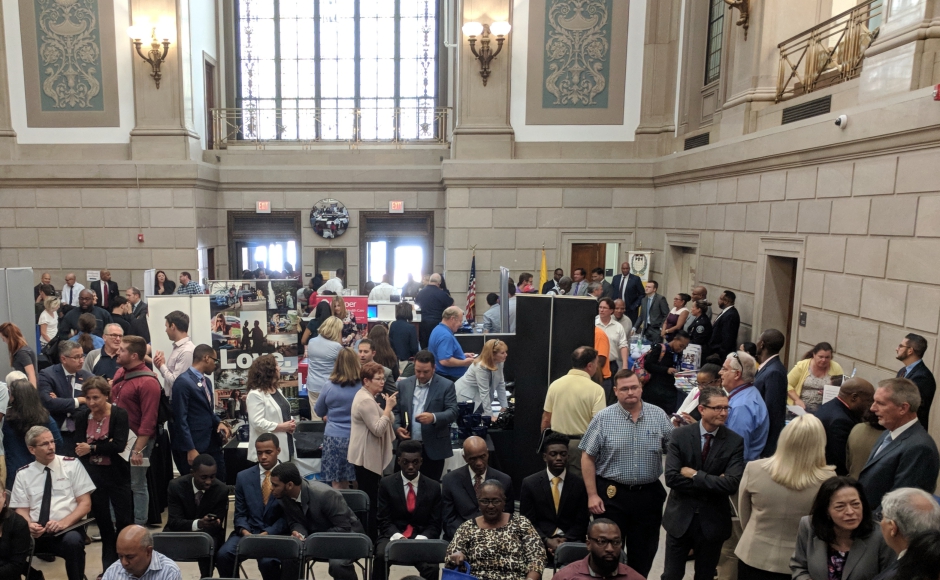 The Camden Working Summit, 9-20-18. Credit: Matt Skoufalos.
The Camden Working Summit, 9-20-18. Credit: Matt Skoufalos.  The Camden Working Summit, 9-20-18. Credit: Matt Skoufalos.
The Camden Working Summit, 9-20-18. Credit: Matt Skoufalos. Related posts


Camden County Cuts Ribbon on $2.5M Cooper River Park Improvements
County officials say the William G. Rohrer Children’s Playground at Cooper River Park reflects a continued investment in public amenities for families and visitors. Camden County Commissioner Jeff Nash called it “the crown jewel of the crown jewel” of the county parks system. Sign in or subscribe to continue reading…
June 9, 2025